What about our nitrogen emissions through the toilet?
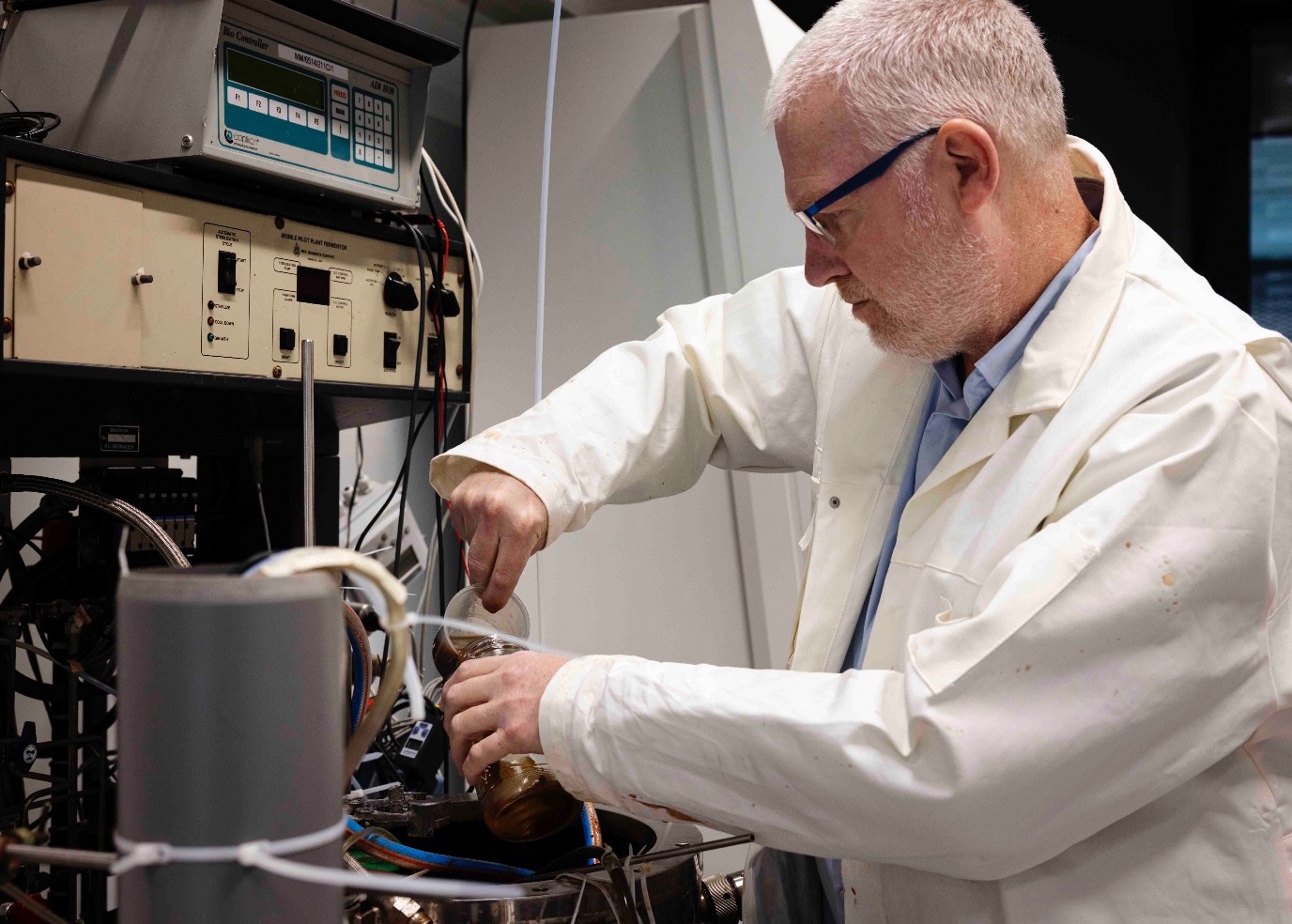
We will need to deal with water differently given the current triple planetary crisis . This also means keeping our surface waters clean. Biotechnologists Gert-Jan Euverink and Tom Sleutels work on improving purification of wastewater to prevent pollutants being discharged into surface water.
FSE Science Newsroom | Tekst Charlotte Vlek | Beeld Leoni von Ristok
‘Considering current nitrogen issues, it is extra important that we do not discharge even more nitrogen into our surface water,’ Euverink explains. Because nitrogen is one the things we discharge through our toilets and drains. Wastewater mainly includes organic material (such as nitrogen, carbon, and phosphate), soap residue, as well as smaller amounts of PFAS and medical residue. At the sewage treatment plant, larger things like toilet paper are sifted out first, and afterwards bacteria get to work breaking down other pollutants.
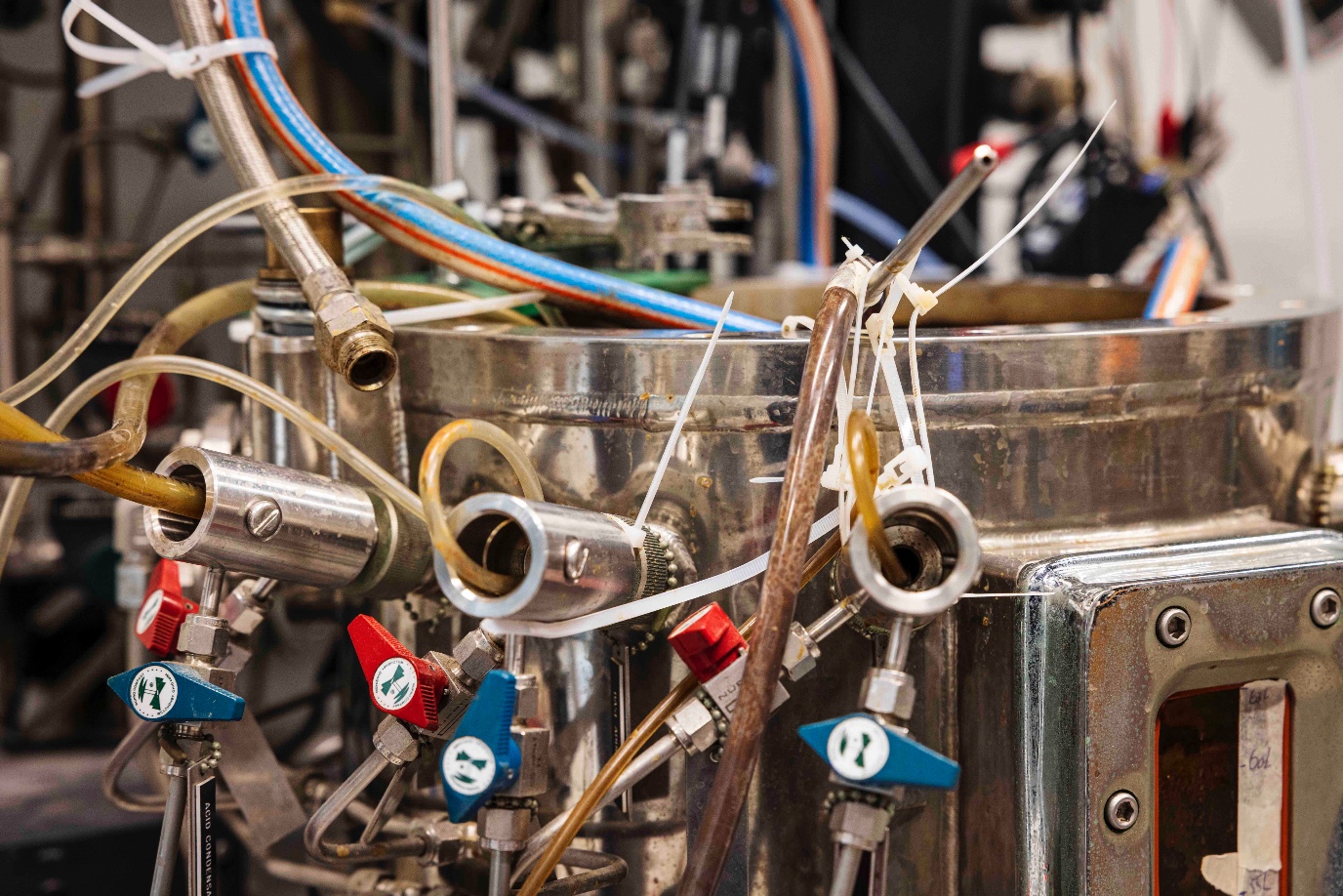
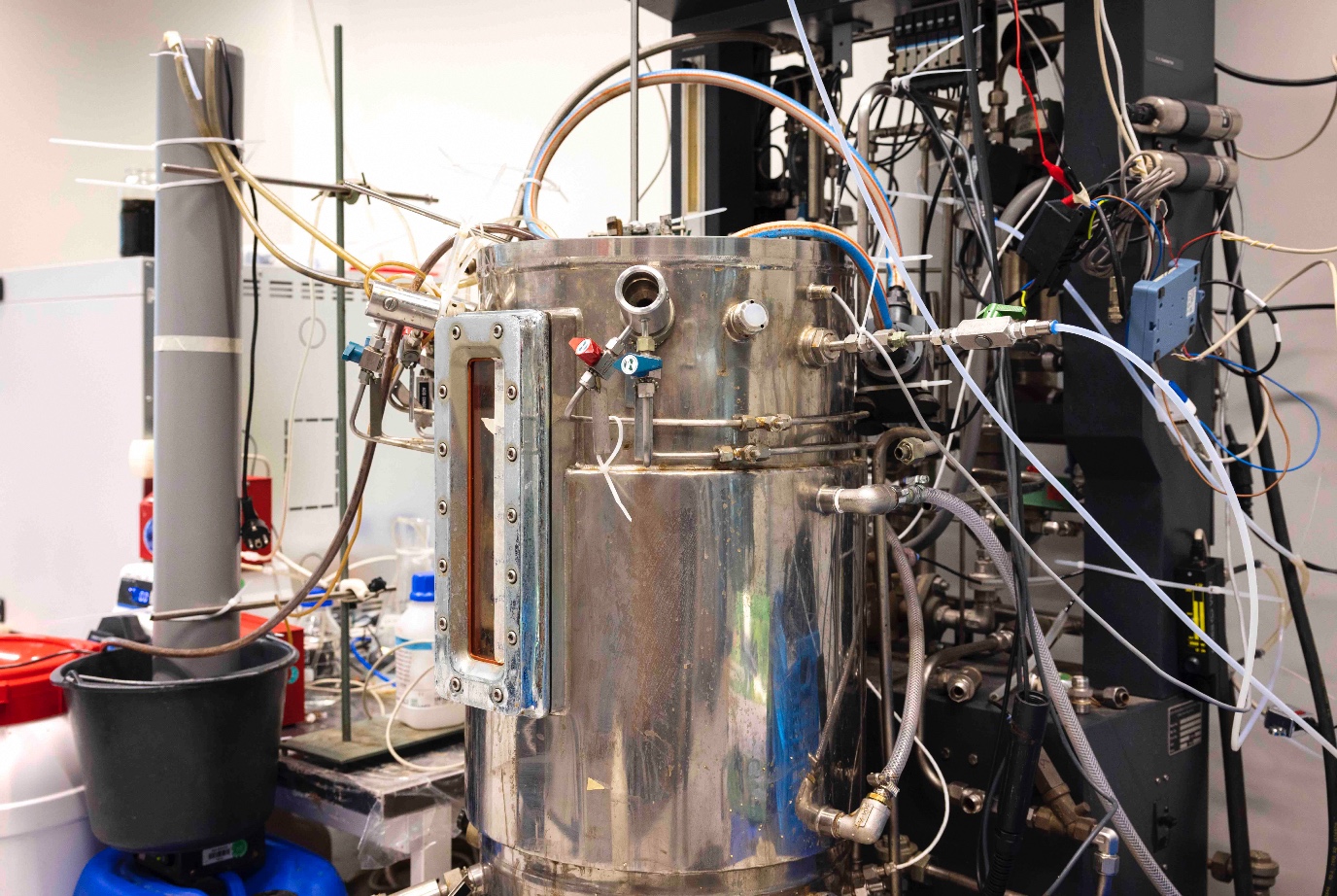
Euverink and Sleutels studied whether the use of different bacteria at sewage treatment plant Garmerwolde might yield better results, since the current process requires a lot of energy. Additionally, ammonia (NH3) and, sometimes, nitrous oxide (N2O, commonly known as laughing gas) are released. Euverink: ‘We can eliminate the ammonia, but nitrous oxide disappears into the air. And it is a greenhouse gas that is three hundred times stronger than carbon dioxide.’
‘The alternative process we are investigating requires less energy, uses fewer chemicals, and produces less nitrous oxide,’ Sleutels explains. To test if it is truly feasible for the current treatment plant of Garmerwolde, Sleutels and Euverink built a model of the plant in their laboratory. Euverink collected a jerrycan of untreated sewage water from Garmerwolde: ‘This was to test whether it also works with wastewater of this specific composition.’
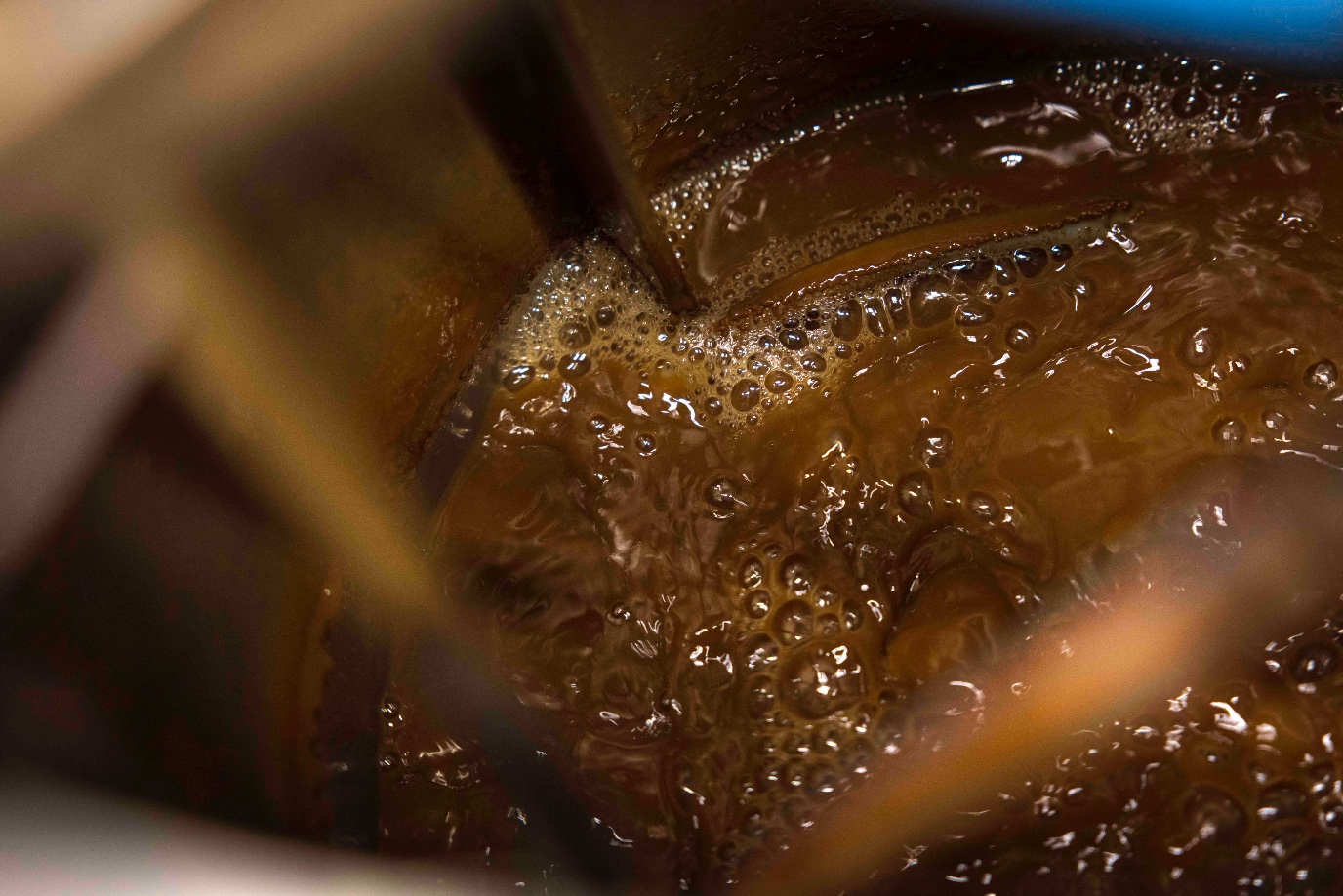
From hygiene to resources
‘In the past, hygiene was the primary purpose of water treatment,’ Sleutels says. ‘But nowadays, a paradigm shift has taken place: rather than getting wastewater out of the city as soon as possible, we also want to extract any materials we can reuse from the wastewater.’
For example, wastewater contains phosphates and nitrogen, which can be used to produce artificial fertilizers. As a matter of fact, all organic material in our wastewater is a source of energy, at least for the bacteria using it to grow. Currently, we partially reclaim this energy by converting the surplus bacteria into methane gas in a digester. We can use this gas to heat our homes.
And what about medical residues?
The residue of medicines we take can end up in wastewater through our urine. When antibiotics enter the environment in this way, it can cause resistance among bacteria living there. This is why it is important to remove it from wastewater, but it is difficult due to the low concentration levels. ‘And anything with low concentration levels is difficult to purify,’ Sleutels explains. ‘If you use bacteria that specifically live off these materials, they will starve when concentration levels are too low.’
By first 'catching’ all medical residue with so-called activated carbon filters, it is possible to successfully clean up these residues. One of Euverink’s PhD students researched how exactly this works. ‘Those activated carbon filters are actually made of the same material as Norit,’ Euverink explains. ‘That’s the stuff you can take when you have an upset stomach.’ Medical residues in the wastewater bind to this activated carbon, and then the right bacteria are given the filter, containing high concentrations of their favourite meal.
Separation at the source
Besides their own research in the laboratory, Euverink and Sleutels see several other opportunities for improvement. For example, it would be easier for purification if different flows of wastewater were separated at the source. Euverink lists some: ‘The drain water of your laundry machine does not contain a lot of nitrogen but mostly soap residue. For that, you could use specific bacteria. It would also help to separate urine and excrements — it is much easier to treat those separately.’
A neighbourhood with separate sewage streams
Sleutels and Euverink are working closely together with Wetsus, the expertise centre for water technology, where Sleutels is also partially employed. At the moment, Wetsus is running a trial in a new neighbourhood in Sneek, where wastewater is separately collected. ‘Two hundred houses have one local sewage treatment plant,’ Euverink explains. ‘Because grey water (coming from laundry machines and showers, among others) and black water (from the toilet) are drained separately, you can very effectively clean the water on a small scale.’
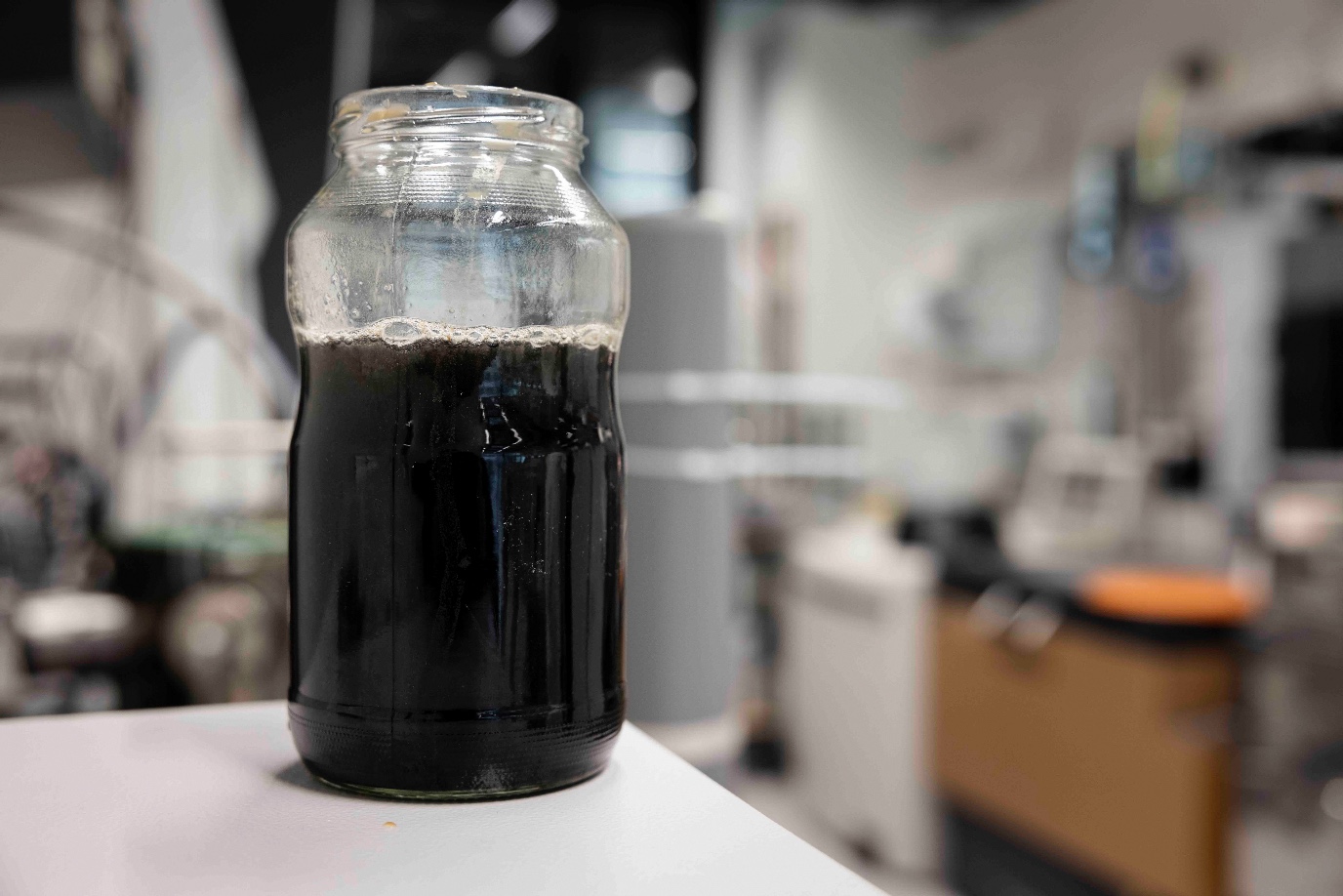
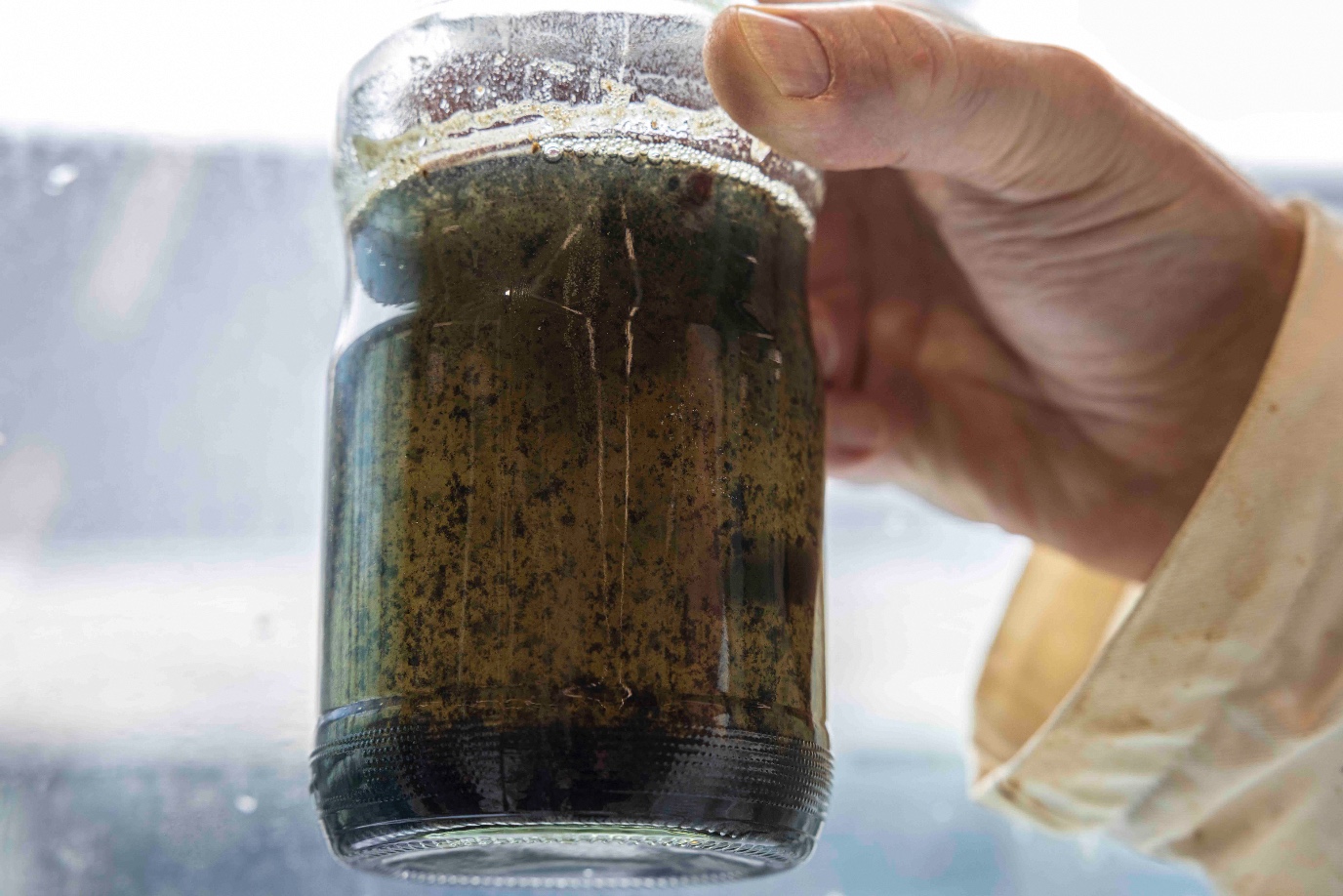
All wastewater from a town or city is collected, as opposed to, for example, pollutants that enter our surface water through agriculture
‘The water technology we use is always aimed towards improving the water quality in a controlled environment: a large water tank, so to say,’ Euverink says. Sleutels adds: ‘In that sense, a sewer system is pretty convenient: all the wastewater from a town or city is collected, as opposed to, for example, pollutants that enter our surface water through agriculture.’
For Euverink and Sleutels’ clean-up bacteria, it is already very beneficial when rainwater does not mix with wastewater. ‘Rainwater dilutes the cocktail of pollutants, but to allow the bacteria to do a better job, it is useful to have high concentrations of the pollutants,’ Sleutels says. ‘So, if you have a garden, why not allow rainwater to drain there? You could also look at how you add pollutants to the water. For example, what are the ingredients in your shower products?’
On Thursday 27 February, Gert-Jan Euverink will give a talk at the Kenniscafé Leven met water (in Dutch). Location: Forum Groningen Time: 8 – 9.30 p.m. More information and tickets via Studium Generale (free for students).
On Friday 21 March 2025 the Wubbo Ockels School for Energy and Climate organizes an event on climate adaptation and water , one of the key focus areas of the School. Sign up here!
This article is the second in a series on water research at the Faculty of Science and Engineering of the University of Groningen.
Read other articles in this series here
A changing climate affects all sorts of things, from energy and food supplies to natural disasters such as floods. Researchers at the University of Groningen work on models to get a better grip on such changes, and to be able to make predictions.
Regional water authorities are sometimes forced to discharge waste water from our sewage system untreated. ‘It then ends up in a canal or a lake,’ computer scientist Dilek Düştegör explains. She collaborates with municipalities and regional water authorities to develop computer models to best manage wastewater flow.
Environmental scientist Winnie Leenes demonstrates that having enough drinking water is not the only thing that matters: instead, we should concern ourselves with the total consumption of freshwater, and how our consumption may damage the ecosystem.
More news
-
27 November 2025
Aeroplane spotting using a radio telescope
-
26 November 2025
Why are shiny colours rare yet widespread in nature?
